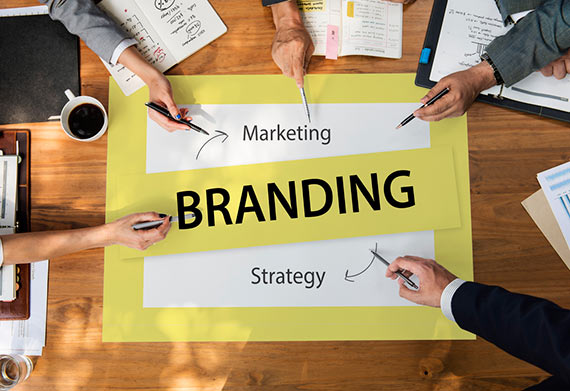This article focuses on the issues and steps involved in moving your fulfillment operation. You may be starting from the point where you’ve outgrown your in-house capabilities or have chosen to move your operation from one fulfillment provider to another.
In either case, what’s at stake is the ability of your business to meet its delivery commitments to customers, and we don’t have to tell you what an interruption in service can mean to your company.
Unfortunately, transition planning isn’t a cookie cutter process. Each company has some unique requirements and special relationships with fulfillment providers and/or suppliers.
What follows are some points to consider before, during and after the transition.
Understanding the Logistics Profile
Both you and your new fulfillment company should have planning sessions so that your fulfillment company both understands your requirements and understands how to support those requirements through their operations processes.
Expect that your fulfillment company will have some different approaches in handling fulfillment than that which you are used to. Here are some points to discuss to help understand those differences:
- Service levels required
- Sources of inventory and replenishment lead times
- Special product handling requirements
- Environmental requirements
- Fragile, liquid, hazmat
- Weights and dimensions
- Lot or serial number control
- Subscription handling
- Channel support
- Eg. Selling on multiple channels – Amazon, Ebay etc.
- Big box selling (EDI and routing guides)
- Small box retail (invoicing and pre-stickering)
- Controlling inventory availability across channels
- The more obvious discussions
- Order volumes, line item volumes
- # of SKU’s and SKU churn
- Who will handle customer service and returns
- Packaging and assembly requirements
- International shipping
Make sure that your requirements are understood and that you understand how your new fulfillment company will handle those requirements.
Systems Integration
Before transitioning any product into the new warehouse, you need to be certain that your systems and those of your fulfillment partner can communicate flawlessly. At the very least, you should be able to connect your ERP and/or shopping cart to your fulfillment provider’s system in order to be able to send orders and ASN’s.
You should also test the capability of sending acknowledgement information back into your operations – example; inventory status, tracking information and receipts. You should become familiar with your fulfillment company’s reporting capabilities and be certain that they meet your analytical requirements.
Your product database should be established on your fulfillment provider’s systems, and an audit conducted to make sure that the SKU’s are in sync and key product information has been passed. Having a methodology for adding and deleting SKU’s is also important.
Shipping strategy should also be discussed and incorporated into your fulfillment partner’s systems. The strategy should include what carriers will be used under what circumstances. What are the strategies for ground, 2-3 day, overnight and international shipments?
When you are very certain that your systems are properly integrated and your requirements understood it’s now time to start the transition.
Communication
At the risk of stating the obvious, it’s important to communicate the new warehouse location and cut over dates to your customers, carriers, vendors and suppliers.
Location Mapping
When practical, if the receiving warehouse can map the locations for incoming stock in advance, a good deal of time can be saved in the initial receiving and put-away process.
Moving Day
A helpful technique in moving product is to move half of the product to the new location while continuing to ship from the old location, once that process is complete, cut over to the new location for shipping and subsequently move the remaining stock.
This 2-stage movement of product will give you a level of insurance in case some key aspect of the transition has a glitch. Once shipping is successful in the new location, the remaining stock can be transitioned.
Date sensitive stock may present some complications depending on the speed at which the stock is moving and the lot size. If it can be done, we suggest using the same strategy of splitting stock by expiration date.
A good transition starts with first contact with Medallion Fulfillment & Logistics or with Sprocket Express. We work hard to make transitioning to our warehouses fast and easy. We look forward to help you experience an improvement in logistics and fulfillment warehouse performance.




